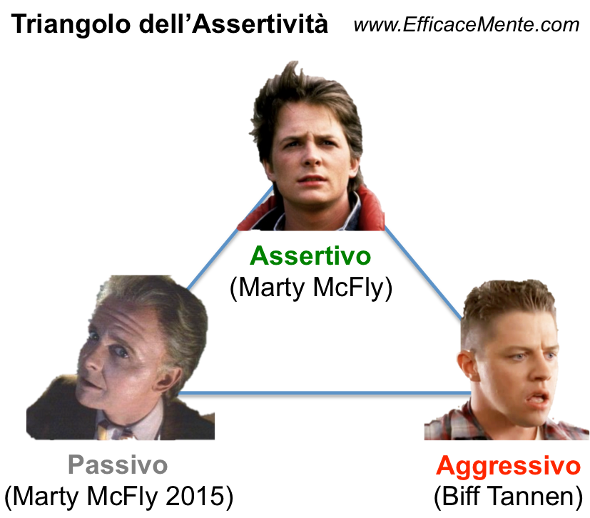What you have labeled a defect probably isn't. Rejecting an aspect of us often hides a problem of insecurity or lack of self-acceptance.

Written and verified by the psychologist GetPersonalGrowth.
Last update: 15 November 2021
Is it possible to accept one's faults? If someone asked us what we don't like about us, many would not be able to give a precise answer. “So many things!”, They would reply. Others, with a certain amount of pride, would say that they accept and like them as they are.
But among the latter, many would lie because it is normal to see “something” wrong with us, which we would like to hide; sometimes we cover ourselves with clothes, other times we try to disguise shyness, insecurity, fear of dislike or other aspects of the character that we have not been able to strengthen.
It is curious to see how these realities that we often label as defects are personal characteristics. They should not be considered wrong, anomalous or worthy of rejection. In short, the big nose is not a defect, it is a facial feature. A few extra pounds, freckles, short stature, baldness should not be considered defects. Underlying a negative self-assessment is a problem of insecurity and low self-acceptance.
In reverse, we rarely notice our real faults. To change aspects such as irresponsibility, laziness, selfishness, pride, for example, we need to train our sensitivity.
Useful strategies for accepting one's flaws
We all have different flaws and, at the same time, various talents. The greatness of the human being often consists in combining these contrasting aspects, aspects that make us imperfect, but unique. Our fault could be the tendency to be in a bad mood; with time it is possible to manage it if we become aware of having a strong character or not very patient.
Or a flaw could be talking too much. Do you hardly leave room for your interlocutors in a conversation? Again, the simple fact of recognizing and accepting it allows you to manage it.
To accept our own faults, first of all we need to understand if what we don't like about us is or isn't really a fault. Let's see how.
The habit of making pathological aspects that are normal
It is a widespread habit consider pathological aspects that, in reality, are part of our personality or our body. Very common aspects such as being a little more shy than others or more insecure, fearful, manic or impatient are not a defect as such. They are simply character traits.
The same can be said of the characteristics that define us from an aesthetic point of view. Weight, height, skin alterations, not to mention handicaps, are not a defect. Once this detail has been clarified, the next question should be: what should we consider a defect, then?
This category includes negative attitudes that can be harmful to us and to others. For instance, envy, jealousy, pride, pessimism, intolerance, narcissism. A balance is rarely achieved, flaws always tend to destabilize any situation, conversation or relationship.
Accepting yourself is the key to strengthening your insecurities
In order to accept those traits that represent the clear result of our insecurities, you need to work on self-acceptance. If we consider being overweight (or shyness, stammering, sticking ears, etc.) a flaw, the first task is to strengthen self-acceptance.
Accepting yourself is a more powerful weapon than self-esteem. Do you know why? Self-esteem does not depend only on the positive view we have of ourselves. It is fueled by what others say or think about us. Acceptance, on the other hand, does not require external reinforcements.
Albert Ellis, father of cognitive behavioral therapy, saw in the latter the keystone. He defined it like this: accepting ourselves means learning to love ourselves fully and unconditionally, accepting all that we are. It means validating every aspect of our being and also of our behavior. It means giving ourselves consideration, respect and self-love ”.
When we learn to strengthen this area of our ego, all the aspects that we consider defects are dissolved.
How to accept those defects that hurt oneself and others?
Aggressive communication, impatience, jealousy, inability to understand the point of view of others ... To accept the worst defects, those that build walls in relationships and hinder coexistence with others, it is important to become aware of them.
Generally it is difficult to bring together the humility necessary to see and accept those qualities that are clearly negative, the real defects. Once identified, however, it is not enough to just accept them. The secret is to transform them.
This change exercise requires the discovery of what lies behind each of them. Behind the envy or jealousy, there is usually low self-esteem. Behind aggressive communication, emotional mismanagement and lack of social skills.
Often the best remedy to transform a defect into a value is psychotherapy. A therapeutic path could change our life. Let's think about it.


























